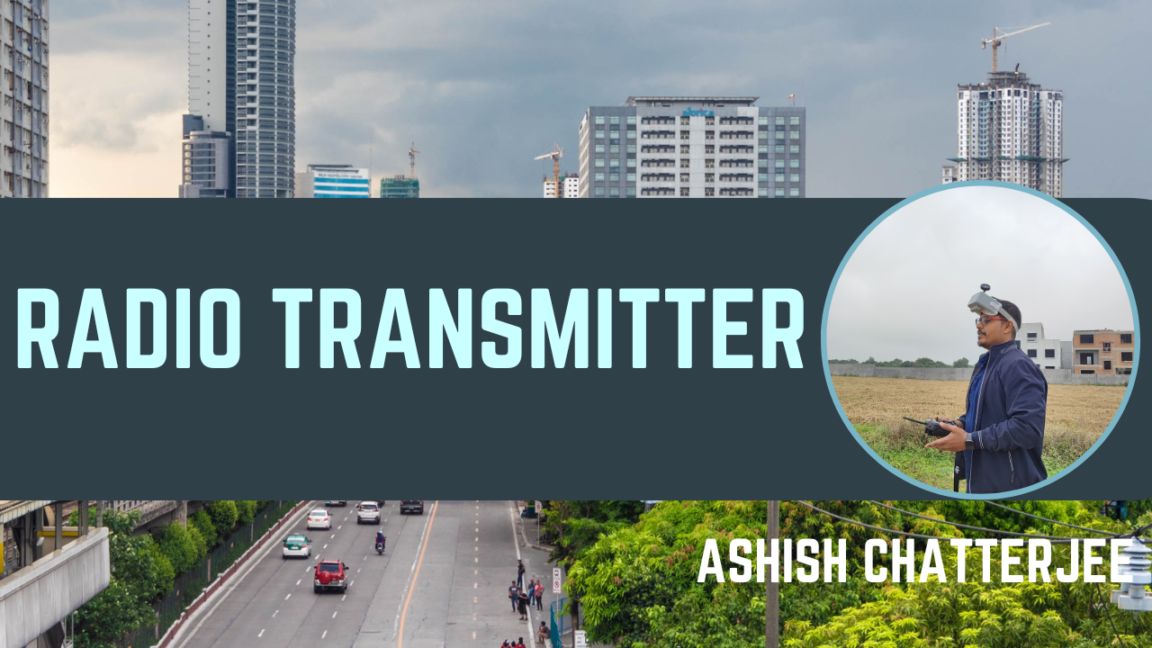Introduction
The radio transmitter (TX) is one of the most critical components in an FPV drone setup. It allows pilots to control their drone by sending signals to the receiver on the drone. There are two main types of transmitters: digital and analog, each with its own advantages. Additionally, antenna types like LHCP (Left-Hand Circular Polarization) and RHCP (Right-Hand Circular Polarization) play a key role in signal transmission quality.
Types of Radio Transmitters
- Analog Transmitters:
- Work on traditional frequency modulation (FM) or amplitude modulation (AM) principles.
- Used primarily in older systems or budget setups.
- More susceptible to interference compared to digital transmitters.
- Digital Transmitters:
- Utilize advanced frequency-hopping spread spectrum (FHSS) and direct-sequence spread spectrum (DSSS) technology.
- Provide a more stable and interference-resistant connection.
- Used in modern FPV and long-range setups.
Popular Digital Protocols
- ExpressLRS (ELRS): Known for low latency and long-range capabilities.
- FrSky ACCESS/ACCST: Common in hobbyist and professional FPV setups.
- TBS Crossfire (CRSF): Ideal for long-range FPV flights.
- Ghost Protocol by ImmersionRC: Optimized for high-speed racing drones.
Antenna Types: LHCP vs. RHCP
Antennas play a crucial role in signal transmission and reception. The two common types of circularly polarized antennas are:

- LHCP (Left-Hand Circular Polarization):
- Used in certain FPV systems.
- Provides better performance when paired with matching LHCP antennas.
- RHCP (Right-Hand Circular Polarization):
- More commonly used in FPV systems.
- Incompatible with LHCP antennas unless using a diversity setup.
Circuit Diagram: Connecting a Radio Transmitter to the Receiver
Below is a basic diagram illustrating the connection between a radio transmitter and receiver:


Factors to Consider When Choosing a Radio Transmitter
- Compatibility: Ensure the transmitter works with your receiver and FPV system.
- Latency: Lower latency means better control response, crucial for racing drones.
- Range: Long-range transmitters are ideal for freestyle and cinematic drones.
- Ergonomics: Comfortable grip and well-placed controls improve piloting experience.
Conclusion
Choosing the right radio transmitter and antenna setup is crucial for achieving a stable and reliable FPV experience. Whether you opt for a digital or analog transmitter, ensure compatibility with your receiver and select the appropriate antenna type for optimal performance.
Stay tuned for more FPV drone guides!






GIPHY App Key not set. Please check settings